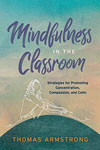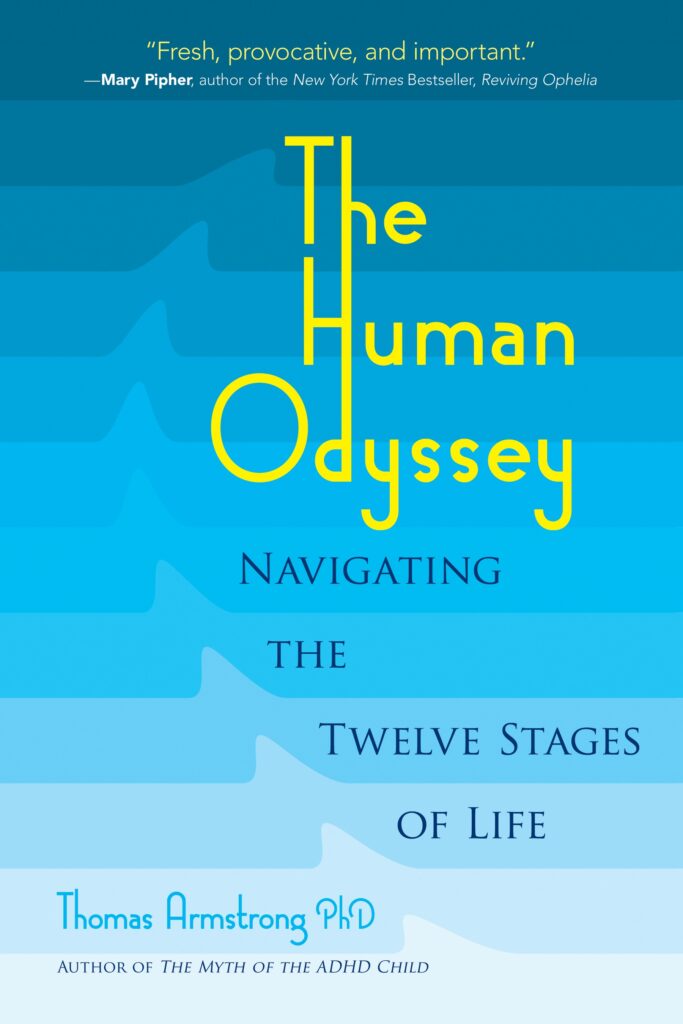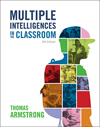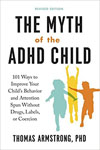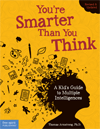 I received an email last week from someone who said his school had required him to buy a book that claimed Howard Gardner’s theory of multiple intelligences was a myth. Naturally, as someone who has written and taught about this theory for the past thirty-four years, I was disturbed by this revelation. To help set the record straight, I list here seven things you should know about the theory of multiple intelligences before going off the track and dismissing the theory altogether.
I received an email last week from someone who said his school had required him to buy a book that claimed Howard Gardner’s theory of multiple intelligences was a myth. Naturally, as someone who has written and taught about this theory for the past thirty-four years, I was disturbed by this revelation. To help set the record straight, I list here seven things you should know about the theory of multiple intelligences before going off the track and dismissing the theory altogether.
- There Are Actually 8 1/2 Intelligences. Gardner originally started out with 7 intelligences when his book Frames of Mind first came out in 1983. In 1997 he added the ”naturalist” intelligence (because he believed it met the criteria for an intelligence – see point #6 below). In 1999, in his book Intelligence Reframed, he began to talk about the ”existential” intelligence (the intelligence of concern with ultimate life issues) because it also met most of the criteria for an intelligence, but not quite enough to qualify as a full-fledged intelligence, hence the 1/2 (which he talks about to a certain extent with tongue in cheek).
- Multiple Intelligences is Not a Way of Teaching. Some of the criticism of multiple intelligences has arisen as a part of the now deeply entrenched ”evidence-based” movement in education which seems to require that every teaching strategy should be subjected to random controlled trials, where one group receives a specific instructional intervention and is compared with a group that didn’t based on pre- and post-testing. Out of this, a statistic is derived, most often an ”effect size” (e.g. .4 is seen as borderline for an ”evidence-based” strategy). Well, you simply can’t DO this with multiple intelligences, which, please note, is a theory, not a single classroom intervention. But because one can’t derive a single statistic (or set of statistics) from the theory, people assume this means it is a myth. This is crazy talk. It’s like saying that the fields of existentialism, humanism, and pragmatism are myths because they can’t be reduced to a set of statistics. In reality, there’s another ”ism” that is at the root of this problem: logical positivism, which is a philosophy that holds that what is ”true” can only be expressed through numbers and logic!
- Multiple Intelligences Can Be Applied in Hundreds of Ways. Dovetailing off of point #2, there are innumerable ways to apply the theory of multiple intelligences, and some of these specific ways are in fact supported by the existing evidence-based literature. Robert Marzano, for example, who is one of the evidence-based gurus of education, lists one evidence-based approach for teaching vocabulary to students as: ”Ask students to construct a picture, pictograph, or symbolic representation of the term.” This would be regarded as an excellent spatial (or picture smart) application of multiple intelligences. And there are scores of examples besides this one. Again, you can’t roll the whole of multiple intelligences into a ball and tell whether or not it’s evidence-based. You need to unwind the strands and examine them one by one.
- There Are Several Ways to Goof Up Using Multiple Intelligences. As noted in point #3, there are hundreds of ways of legitimately applying the theory of multiple intelligences, but there are also a number of ways it can be misapplied. One way is by assuming that each student is strongest in only one intelligence, and then labeling that student with that intelligence (e.g. ”our picture smart child”), and then giving them only material that relates to that intelligence. Gardner actually had to do a video broadcast for Australian media many years ago, because they were reporting how each intelligence was matched to a specific racial type! Gardner is clear in stating that every child has all eight and a half of the intelligences, and can develop them to a degree of proficiency within certain limits.
- Multiple Intelligences May Increase Test Scores, But If It Doesn’t That Doesn’t Mean It’s a Myth. This point also relates to the critics’ dismissal of multiple intelligences because of their belief that it doesn’t ”raise test scores.” Well, the jury is out on that, because, again, it depends upon which aspects of multiple intelligences are being applied, and we’re back to ”effect sizes” (e.g. an effect size is the difference between the standard deviations of two groups based upon, guess what?, tests scores). The fact that multiple intelligences may actually make students deeper, more engaged, more thoughtful students doesn’t seem to enter the mind of these number-crazed critics.
- More People Should Study the Multiple Intelligences Criteria. The word ”evidence” can mean a lot of things – it doesn’t have to just refer to statistics and numbers (what about the ”evidence” given in a jury trial?). Gardner actually marshals a great deal of evidence in support of the 8 1/2 intelligences, and they can be found described in his first book on the subject: Frames of Mind, published in 1983 (and revised in 2011). In one chapter of the book, he explains how multiple intelligences are supported by evidence from brain science, developmental psychology, semiotics, cognitive psychology, cognitive archaeology, animal physiology, and the biographies and autobiographies of exceptional people (including savants and the geniuses of culture). Put THAT in your Funk and Wagnall’s! (the reference is to the TV show ”Laugh In” that aired from 1968-1973)
- Multiple Intelligences is Best Examined by Studying Life. Here we come to I think the crux of the matter. Multiple intelligences is not best assessed, analyzed, or examined through numbers, as seems to be the demand of those who claim this theory is a myth. Instead, one must look to LIFE for the evidence of this theory’s vitality. You can see evidence for the multiple intelligences virtually everywhere: in the symbol systems people use (e.g. words, numbers, pictures, musical notes), in the ways cultures value them (e.g. systems of music, mathematics, physical culture, social organizations), in the great thinkers of our time (e.g. Einstein, Picasso, Martin Luther King, Martha Graham), in the ways animals deploy their assets (e.g. birds use of musical intelligences, ants exploit social intelligence, chimpanzees display use of primitive forms of linguistic intelligence), and there is much more that this theory helps to explain. In fact, there’s such a wealth of material opened up by this theory that could take a person a lifetime to assimilate and digest.
In other words, the main reason why I have been so enamored of this theory since my discovery of it in 1985 is because it brings to life so many dimensions of the human condition that I am always discovering new things within it. This compares with the excruciatingly boring statistical analyses used by those who accuse multiple intelligences of being a myth. Well, the Greek word for myth is ”mythos” which means ”story.” Howard Gardner has told a story about the human mind that to my mind is still unrivaled in the fields of psychology and education. So, critics, stop already with the devaluations and denigrations, and take a moment or two to turn toward the big picture of existence, and bask in the brilliance of a theory that can illuminate so many aspects of our lives that were previously hidden from view.
For more information about using the theory of multiple intelligences in school settings, see my book Multiple Intelligences in the Classroom, 4th Edition (click on title).
This page was brought to you by Thomas Armstrong, Ph.D. and www.institute4learning.com
Follow me on Twitter: @Dr_Armstrong






